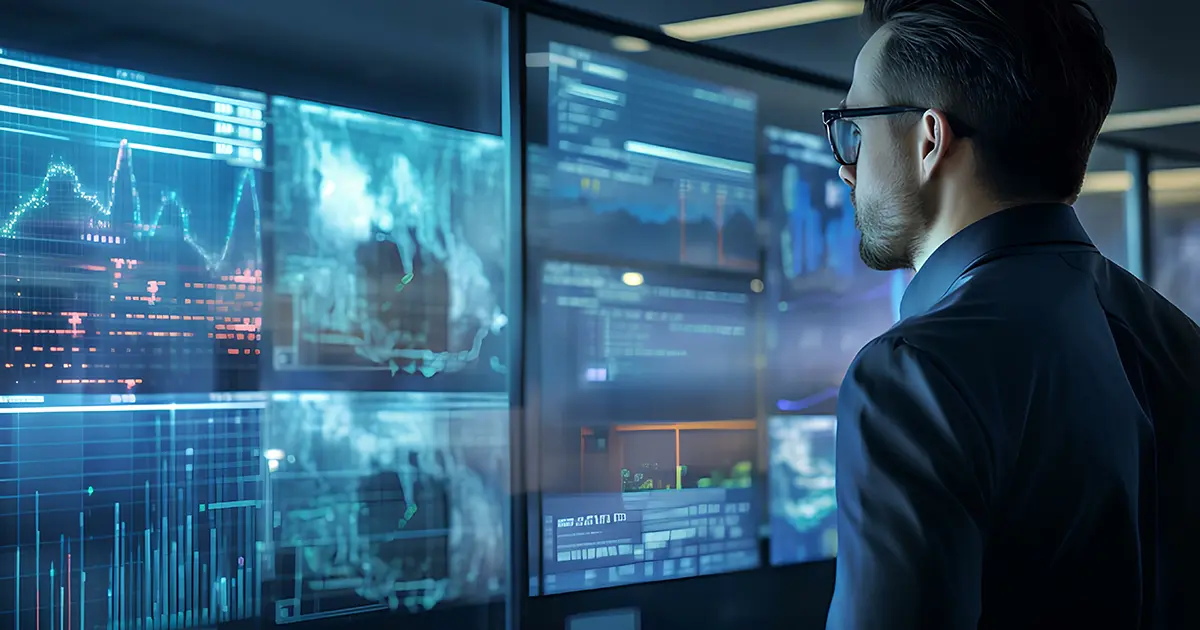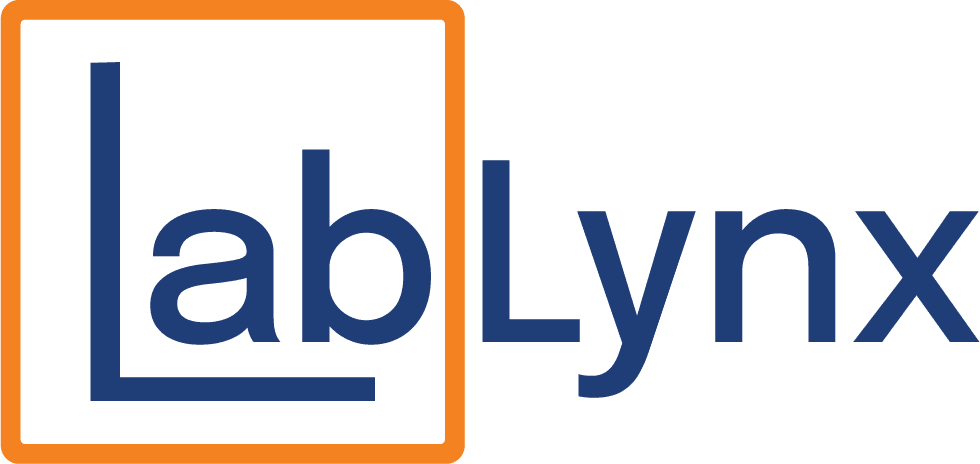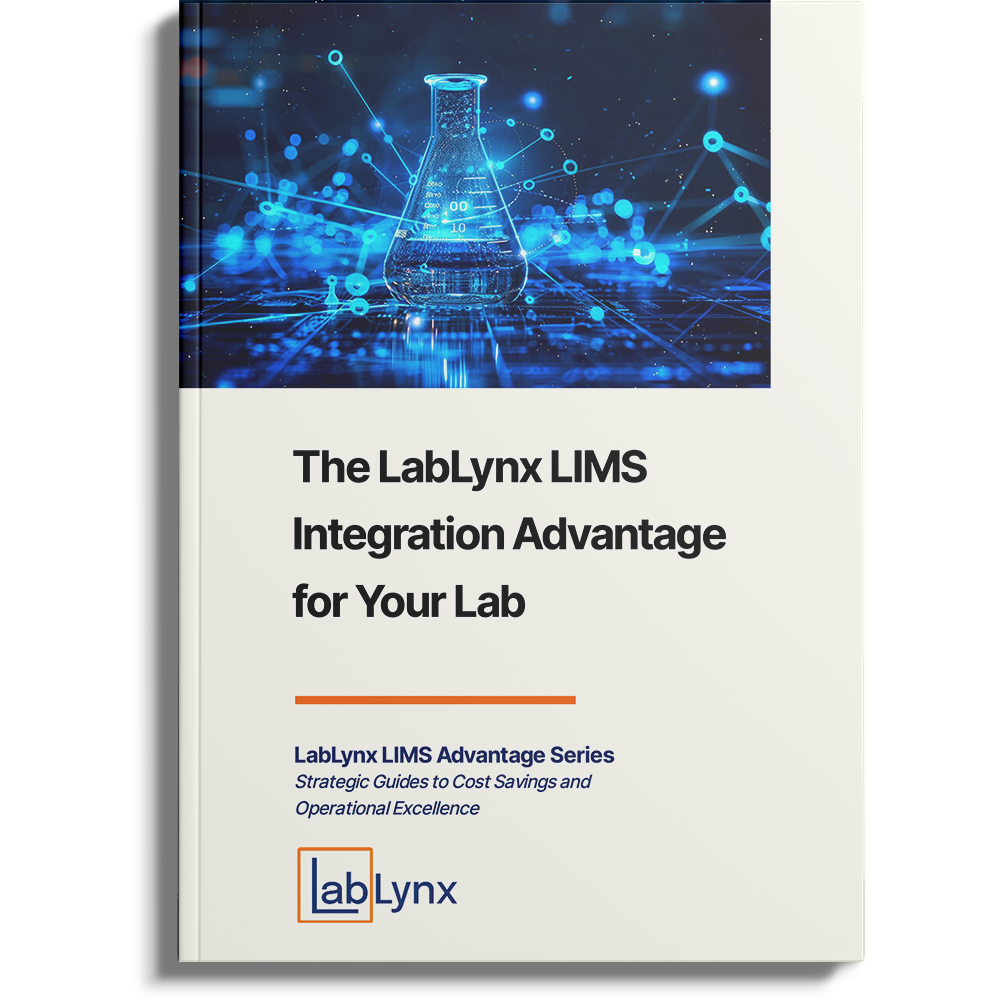
In the dynamic world of modern laboratories, where speed meets precision, making swift, accurate, and data-driven decisions is the key to staying ahead. Laboratories, whether they specialize in healthcare, biotechnology, pharmaceuticals, or environmental testing, generate vast amounts of data daily. Without the right tools to manage and interpret this data, lab managers can find themselves overwhelmed, potentially missing critical insights that could improve operations or ensure compliance.
This is where dashboards and data visualization in a Laboratory Information Management System (LIMS) become game-changers. By providing real-time, easy-to-understand visual representations of data, dashboards enable lab managers and technicians to make smarter, faster decisions. In this article, we’ll explore how leveraging dashboards and data visualization in a LIMS can revolutionize lab management and enhance decision-making processes.
The Growing Importance of Data in Modern Laboratories
Modern laboratories are data-driven environments. From sample tracking and equipment calibration to test results and quality control, nearly every facet of lab operations relies on accurate and timely data. However, the sheer volume of information generated in labs can be overwhelming without proper organization and analysis.
This is where a LIMS becomes invaluable. A robust LIMS not only manages and stores data but also provides powerful analytical tools that help transform raw information into actionable insights. Dashboards and data visualization are integral features that elevate a LIMS from a data repository to a decision-making engine.
What are Dashboards in a LIMS?
A dashboard in a LIMS is a user-friendly interface that displays key performance indicators (KPIs), metrics, and other critical information in real-time. Dashboards are customizable, allowing lab managers to focus on the specific data points that matter most to their operations. Whether it’s the status of samples, pending tests, or compliance thresholds, the dashboard provides a centralized location to monitor lab activities.
The best part? Dashboards present this data visually. Graphs, charts, heat maps, and other visual elements make it easy to identify trends, spot bottlenecks, and monitor performance without having to sift through endless spreadsheets or raw data tables.
The Power of Data Visualization in Lab Decision-Making
Data visualization is the graphical representation of information and data. By using visual elements like charts, graphs, and maps, data visualization tools in a LIMS make data analysis more accessible and intuitive.
Why is this important? Our brains are wired to process visual information more efficiently than raw numbers. Complex data sets can be overwhelming and difficult to interpret in traditional formats. Data visualization simplifies the process, allowing lab managers to see patterns, correlations, and anomalies more clearly.

Key Benefits of Data Visualization in LIMS
- Improved Data Understanding: By transforming data into visual formats, labs can easily understand complex data relationships and trends, making it easier to communicate insights to team members and stakeholders.
- Enhanced Decision-Making: With real-time access to visualized data, lab managers can make quicker, more informed decisions. For example, a spike in turnaround time for certain tests can be immediately identified and addressed.
- Increased Efficiency: Visual tools streamline workflows by helping labs identify inefficiencies, bottlenecks, and areas for improvement. Instead of manually digging through data, labs can use dashboards to automate insights.
- Proactive Problem-Solving: Dashboards help labs spot problems before they escalate. By monitoring critical KPIs, labs can take proactive steps to address issues, ensuring smooth operations and compliance with regulatory standards.
- Facilitating Regulatory Compliance: For labs in regulated industries, maintaining compliance is non-negotiable. Dashboards allow managers to keep a real-time pulse on compliance metrics and ensure all regulatory requirements are met.
How Dashboards and Visualization Drive Efficiency in Labs
Let’s take a look at how these tools can impact various aspects of lab management:
Sample Tracking and Management
In many labs, sample tracking is one of the most data-intensive processes. Dashboards allow lab managers to monitor the status of all samples in real-time. They can quickly see which samples are pending, which tests have been completed, and where delays may occur.
With color-coded visuals, such as heat maps or pie charts, lab personnel can easily identify any backlog and take corrective action immediately. This level of transparency reduces turnaround times and ensures that samples don’t get lost or delayed.
Quality Control and Assurance
Maintaining high standards of quality is critical in lab environments. Dashboards can help labs track quality control metrics, such as test accuracy, reagent expiry dates, or equipment calibration status.
For instance, if a particular piece of equipment shows repeated calibration failures, a dashboard could flag this trend, allowing lab managers to investigate the issue before it affects test results. By visualizing quality control data, labs can ensure that they remain compliant with regulatory requirements and maintain high standards of accuracy.
Performance Monitoring
Lab managers can use dashboards to monitor the overall performance of the lab. KPIs such as test volume, turnaround time, and error rates can be tracked in real-time. Managers can set up visual alerts to notify them if performance dips below acceptable thresholds.
For example, if the number of completed tests falls below a certain benchmark, the dashboard could automatically highlight this with a red indicator, prompting immediate action. This helps labs maintain productivity and address potential issues before they cause significant disruptions.

Resource Management
Effective resource management is essential to optimizing lab operations. Dashboards in a LIMS can help lab managers track resource usage, including reagents, equipment, and personnel.
By visualizing this data, managers can identify inefficiencies, such as overuse of certain materials or underutilization of equipment, and make informed decisions to optimize resource allocation. This can help labs save costs and improve operational efficiency.
Customization: Tailoring Dashboards to Fit Lab Needs
One of the key advantages of dashboards in a LIMS is their flexibility. Every lab is different, and the data that matters most will vary depending on the type of lab and its specific workflows. The best LIMS solutions allow users to customize their dashboards to reflect their unique needs.
For example, a clinical lab might prioritize sample tracking and patient test results, while a research lab might focus more on experiment timelines and data integrity. With customizable dashboards, labs can display the metrics that are most relevant to their operations, ensuring they have the information they need at their fingertips.
The Future of Lab Management: Real-Time Dashboards and Predictive Analytics
As technology advances, we can expect dashboards and data visualization in LIMS to become even more sophisticated. One exciting development on the horizon is the integration of predictive analytics.
By analyzing historical data, a LIMS with predictive capabilities can forecast trends, such as when equipment is likely to fail or when test demand will spike. Labs can use this information to prepare in advance, ensuring they have the resources they need to meet demand without delays or interruptions.
In the future, real-time dashboards combined with predictive analytics will help labs not only monitor current operations but also anticipate future challenges, enabling even smarter decision-making.
Conclusion: Smarter Decisions Start with Smarter Data
In today’s data-driven laboratory landscape, those who harness the power of dashboards and data visualization in their LIMS gain a decisive edge. These tools not only streamline data analysis but empower labs to make quicker, more informed decisions that drive operational efficiency and regulatory compliance.
LabLynx offers a comprehensive solution to meet these needs. Our cutting-edge LIMS provides customizable dashboards and advanced data visualization tools that give real-time insights into sample tracking, quality control, performance metrics, and resource management. With LabLynx, your lab can stay ahead of the curve, using the latest technology to optimize workflows and make smarter, data-driven decisions.
As LIMS technology continues to evolve, LabLynx remains at the forefront, offering advanced analytics and AI-driven insights to help you anticipate challenges and seize new opportunities. For labs seeking to elevate their operations, LabLynx’s powerful LIMS is not just a solution—it’s the key to future-proofing your success.




